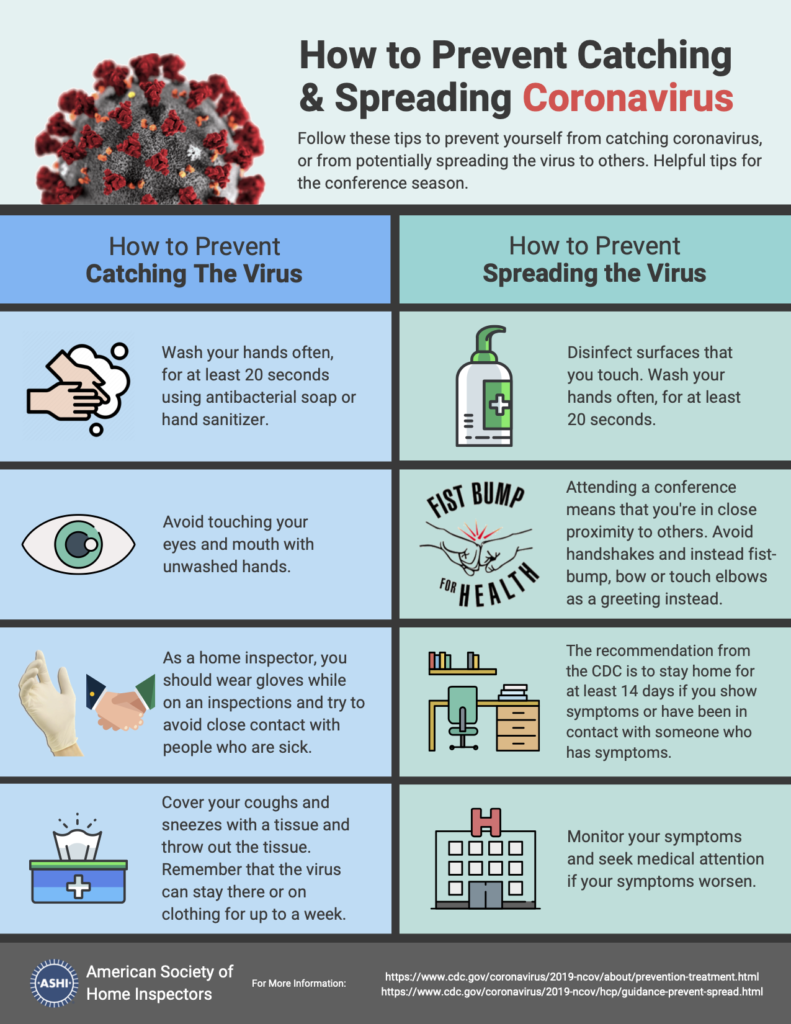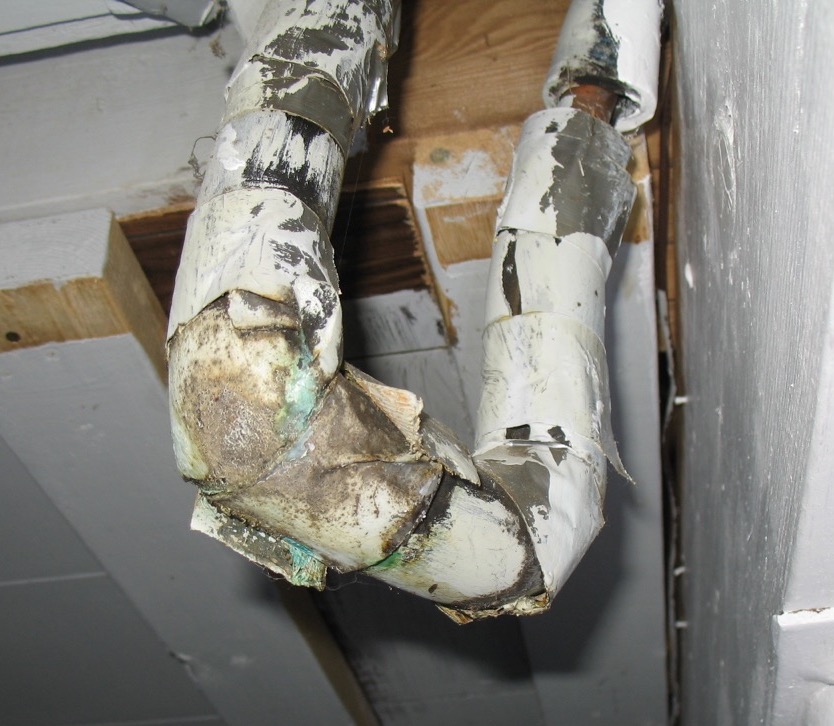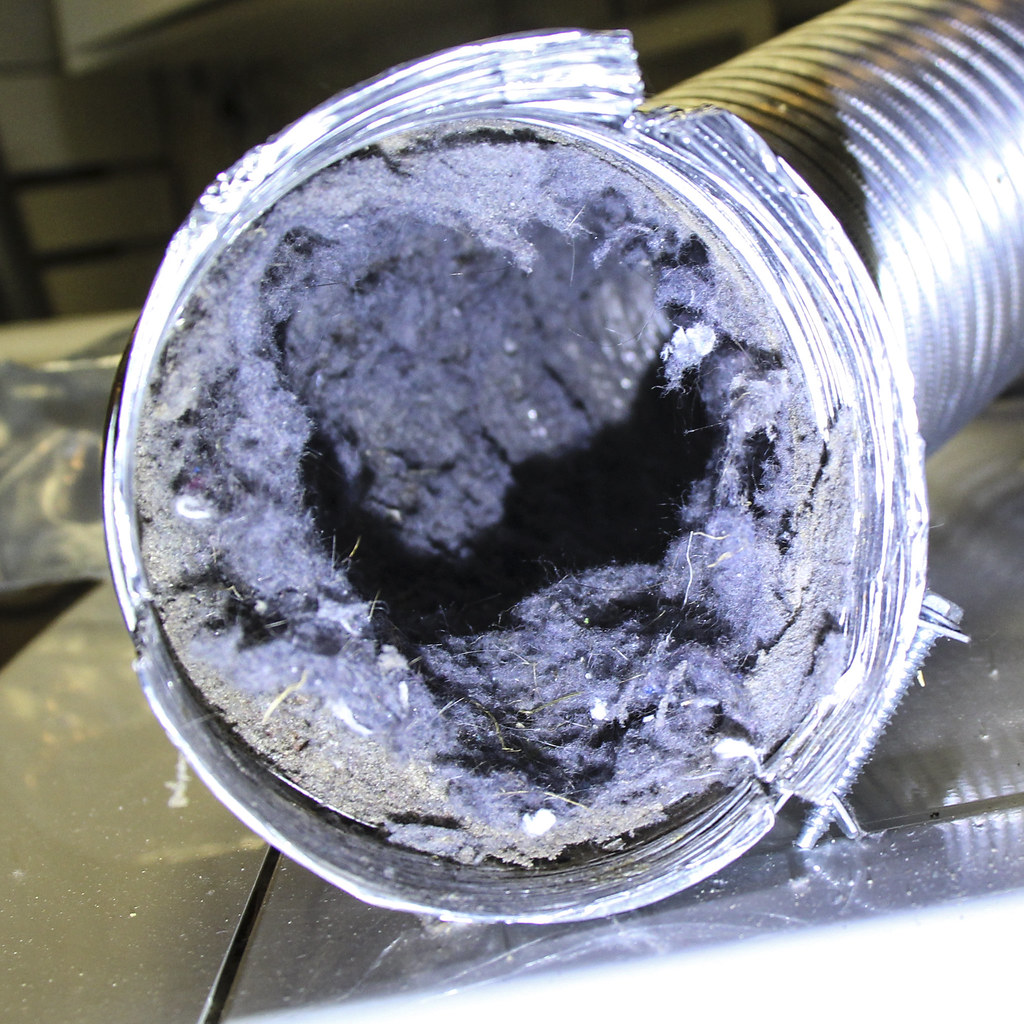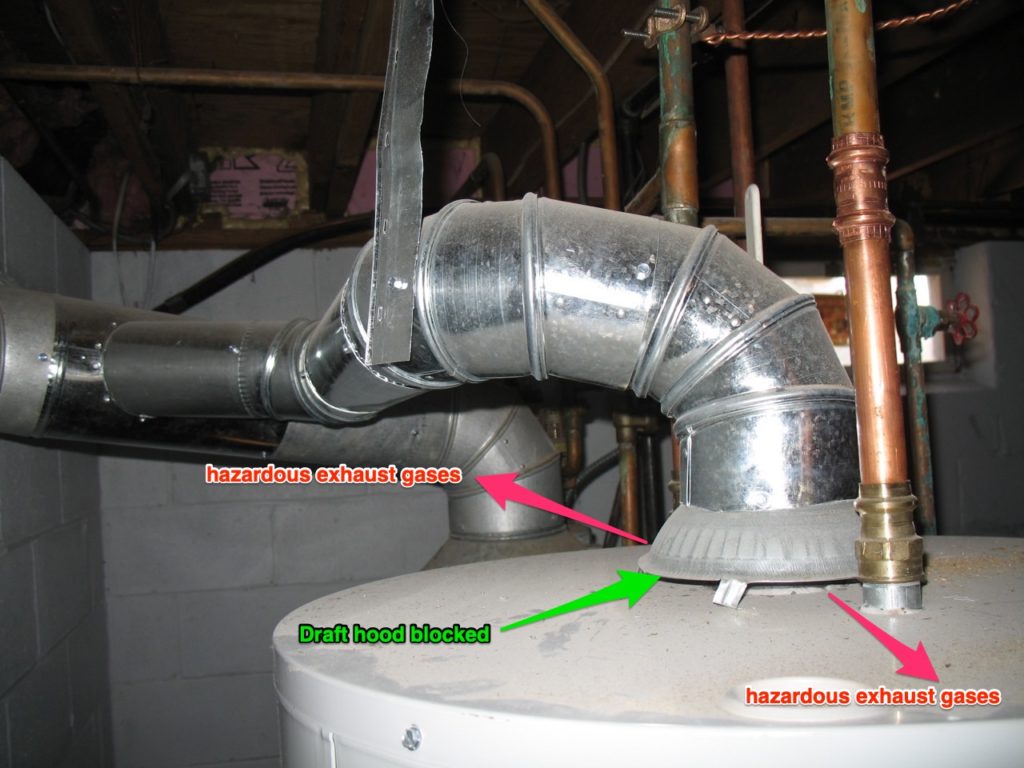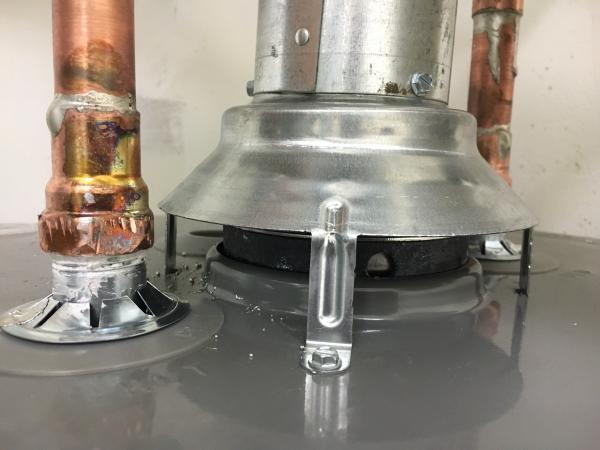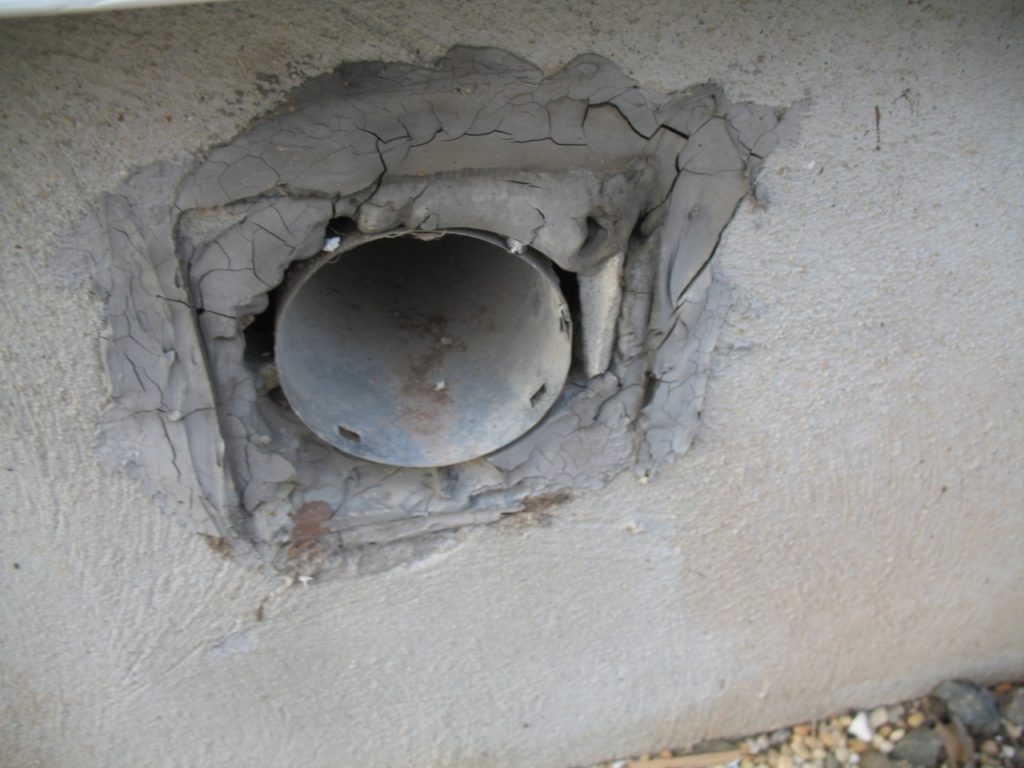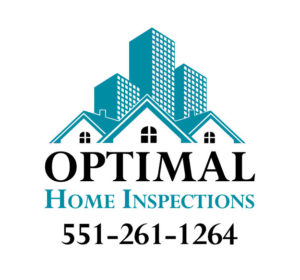
10% discounts to first responders, doctors, nurses and hospital workers. Just let us know when booking your inspection.
Siding
Exposed Foundation
Trim
Fascia
Soffits
Door Bell
Entry Doors
Patio or Deck Doors
Exterior Lights
Roof Door Entry
Exterior Windows
Exterior Electric Outlets
Exterior Crawlspace Entry
Exterior Plumbing
Shingles
Flashing
Valleys
Skylights
Roof Access
Plumbing Vents
Gutters and Leaders
Downspouts and Extensions
Roof Deck
Antenna / Satellite Dish
Chimney
Flue/Flue Cap
Garage Vehicle Doors and Opening
Door Operation
Door Opener
Garage Windows
House Entry Doors
Storage Loft
Garage Stairs/Railings
Utility Closet
Exterior Doors
Exterior Surface
Roof
Roof Structure
Gutters/Downspouts
Ceiling
Walls
Floor/Foundation
Electrical
Plumbing
Stove/Oven
Ventilation Method
Disposal
Dishwasher
Refrigerator
Microwave
Plumbing, Sink, and Fixtures
Electrical
Lighting
Cabinets and Countertops
Floors
Windows
Walls
Ceilings
Doors
Closet/Pantry
HVAC Source
Closets
Ceilings
Walls
Floors
Wet Bars/Sinks
Windows
Doors
Electrical
Lighting
Stairs
HVAC Source
Type
Fireplace Insert
Firebox
Flue
Damper
Hearth
Closet
Ceilings
Walls
Floor
Door
Windows
Electrical
Lighting
Sinks and Cabinets
Faucets/Trap
Toilet
Bathtub/Spa
Bathtub/Shower Surround
Bathroom Ventilation
HVAC Source
Closet
Ceilings
Walls
Floor
Door
Windows
Electrical
Lighting
HVAC Source
Floor Drain
Vapor Barrier
Insulation
Basement Stairs/Railings
Ventilation
Sump Pump
Wet Bar
Moisture Conditions
Secondary Exit
Closet
Ceilings
Walls
Floor
Door
Windows
Electrical
Lighting
HVAC Source
Washer/Dryer
Gas Line/Dryer
Laundry Tub or Tray
Drain/Washer
Washer Hoses
Hoses Bibs
Vent/Dryer
Catch Pan/Washer
Electrical
HVAC Source
Structure Type
Foundation
Beams
Bearing Walls
Joists/Trusses
Piers/Posts
Floor/Slab
Service Equipment
Branch Circuits
Main Panel
Sub Panel
Breakers
Outlets
Type
Draft Control
Blower Fan and Filtration System
Distribution Systems
Flue
Thermostats
Fuel Tank
Humidifier
Type
Operation
Condensate Removal
Exterior Units
Refrigerant Lines
Electrical Disconnect
Cooling Distribution Systems
Service Line
Water Lines
Drain Pipes and Service Caps
Vent Pipes
Gas Service Lines
Water Heater
Electrical Disconnect – Water Heaters
Sewage Ejector Pumps
Roof Framing and Sheathing
Attic and Roof Cavity Ventilation
Attic Insulation
Bathroom Fan Venting
Fan/attic
Fan/house
Wiring/Lighting
Walls
Floors
Ceilings
Windows
Stairs
HVAC Source
Chimney
Crawl Space Access
Vapor and Moisture Barrier
Crawl Space Ventilation
Posts and Footings
Insulation
Electrical
Moisture Conditions

